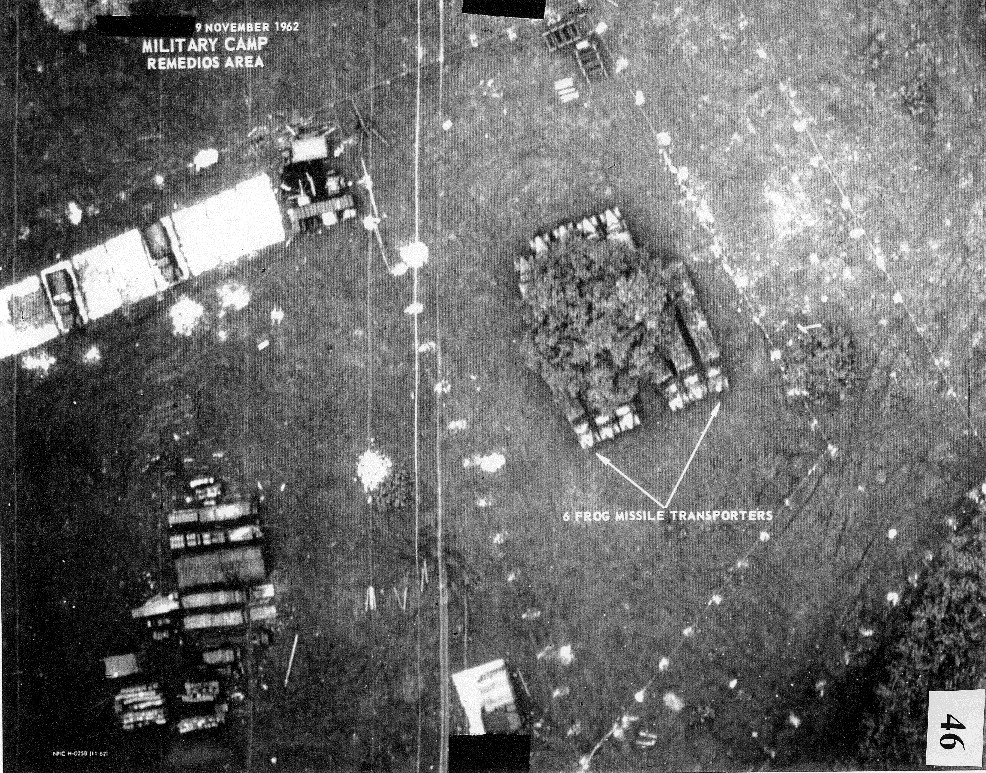
The Forgotten Missiles of the Cuban Missile Crisis
On Oct. 25 1962 two unarmed and unescorted Navy photo-reconnaissance jets were speeding over the Cuban landscape on their way…
Copyright 2024 U.S. Naval Institute. All Rights Reserved.